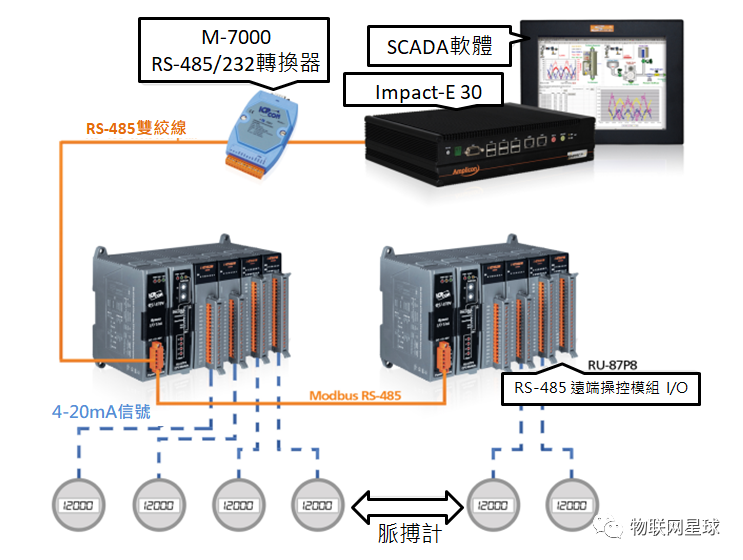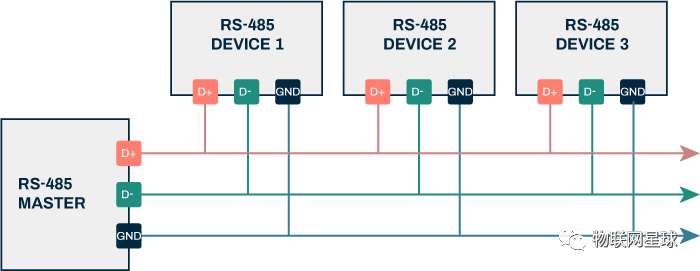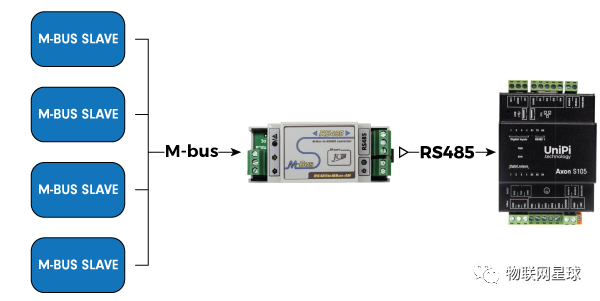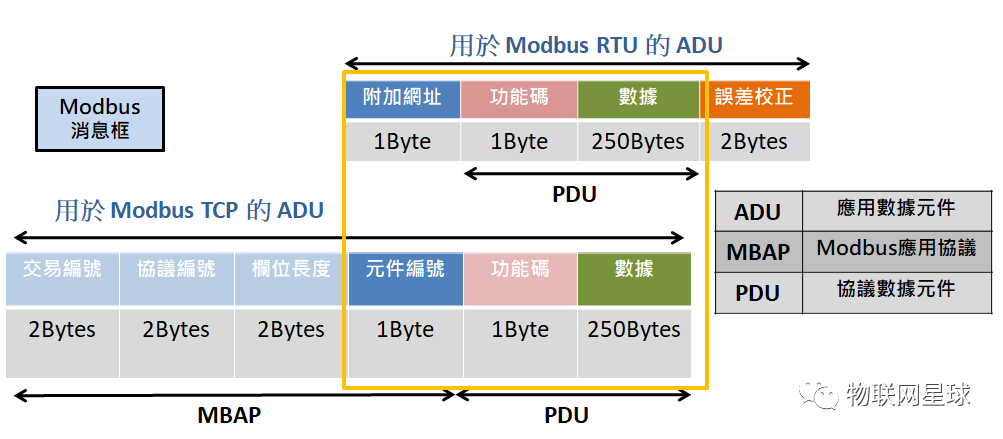Internet of Things knowledge: Introduction to RS485 communication protocol


Image source (Gaolu)
The RS485 communication protocol is a multipoint communication protocol that allows multiple devices to communicate on the same bus, and each device can send and receive data. The RS485 communication protocol uses differential signal transmission, which has the characteristics of high speed, long distance, and strong reliability, and can realize long-distance data transmission.
The RS485 signal uses the voltage difference between the two lines to transmit the logic signal. It is specified that when the voltage difference is +2V ~ +6V, it is logic "1", and when the voltage difference is -2V ~ -6V, it is logic "0". This transmission method has good resistance to external interference and can achieve reliable transmission over long distances and in high-noise environments.
The RS485 communication protocol supports half-duplex communication mode, and multiple drivers and receivers can be connected on the same bus to facilitate the establishment of a device network. In addition, the interface level of the RS485 communication protocol is low, which is not easy to damage the chip. The level is compatible with the TTL level, making it easy to connect to the TTL circuit. The RS485 communication protocol is a communication protocol suitable for industrial control systems and smart homes. It has the advantages of high speed, long distance, and strong reliability. It can meet the needs of large amounts of data transmission and improve the efficiency and real-time performance of data transmission.
RS485 advantages and disadvantages
Advantages of RS485 communication protocol:
- Strong anti-interference: RS485 uses a combination of balanced drivers and differential receivers, which has anti-common mode interference capabilities and can resist external interference to ensure the stability of communication.
- Long transmission distance: The maximum communication distance of RS485 is about 1219 meters, and the maximum transmission rate is 10Mbps. The transmission rate is inversely proportional to the transmission distance, and stable data transmission can be carried out over a longer distance.
- High communication rate: The maximum data transmission rate of RS485 is 10Mbps, which is much faster than the traditional serial communication protocol and can meet the needs of high-speed data transmission.
- Supports multi-device connection: RS485 adopts a bus topology, allowing multiple devices to share the same communication line, facilitating interconnection between devices.
Disadvantages of RS485 communication protocol:
- Communication rate limitation: Although RS485 supports high-speed data transmission, as the transmission distance increases, the transmission rate will be limited. When the transmission distance exceeds a certain distance, a repeater is needed to extend the transmission distance.
- Limitation on the number of connected devices: Since RS485 adopts a bus topology, the more connected devices, the more complex the lines, so the number of connected devices is limited.
- Signal attenuation problem: During long-distance transmission, data transmission errors or losses may occur due to signal attenuation and noise interference. Therefore, for long-distance transmission, measures need to be taken to ensure the accuracy and integrity of the data.
RS485 physical layer interface
The physical layer interface of the RS485 communication protocol includes differential signal transmission, DB9 or RJ45 interface, and signal definition.
Differential signal transmission is the core technology of the RS485 communication protocol, which transmits data through two signal lines (A line and B line). Line A transmits the positive signal of data, and Line B transmits the negative signal of data. The advantage of this differential signal is that it can offset interference signals and improve communication stability.
In the physical layer interface, the RS485 protocol uses DB9 or RJ45 interface for connection. The DB9 interface includes A line, B line, ground line and control line, etc., while the RJ45 interface uses a crystal head connection method.
The physical layer of the RS485 communication protocol also defines parameters such as voltage, timing, and data rate. The standard stipulates that the voltage range of logic 1 is +2V ~ +6V, and the voltage range of logic 0 is -6V ~ -2V. On longer cable lengths the voltage received by the receiver may drop to +/- 200 mV but is still perfectly acceptable for RS485. The physical layer interface of the RS485 communication protocol stipulates the core technical requirements of the communication protocol, including differential signal transmission, interface standards and signal definitions, etc., to ensure the stability and reliability of data transmission.

The difference between RS485 and Modbus
Practitioners of the Internet of Things often come into contact with another protocol when they first apply RS485: the Modbus protocol. What is the relationship and difference between it and RS485?

The difference between RS485 and Modbus is mainly reflected in the following three aspects:
- Protocol nature: RS485 is a physical layer communication standard that mainly defines electrical characteristics, signal transmission methods and connection methods, while Modbus is a communication protocol that defines a commonly used communication format and rules for use on the host device. Exchange data with slave devices.
- Scope of application: RS485 is usually used as a physical layer protocol and supports the Modbus protocol. Modbus is more commonly used in the field of industrial control and is a universal communication language that supports serial ports such as RS485 and RS232.
- Functional characteristics: RS485 has a long communication distance, strong anti-interference ability, supports multi-point and two-way communication, and Modbus supports master-slave mode, which can realize data exchange between multiple devices.
Therefore, there are obvious differences between RS485 and Modbus in terms of protocol nature, application scope and functional characteristics. In the fields of industrial control and smart device communication, the two are often used in combination to achieve efficient and stable data transmission.

Summarize
The RS485 communication protocol has an important status and value in the Internet of Things. First of all, the RS485 protocol is a reliable and efficient communication protocol, suitable for long-distance communication between multiple devices, and can meet the needs of data transmission between a large number of devices in the Internet of Things. Secondly, the RS485 protocol has the advantages of strong anti-interference ability, long transmission distance, and support for multi-device connections. It can adapt to complex IoT environments and ensure the stability and reliability of data transmission. In addition, the transport layer protocol of the RS485 protocol stipulates the format and rules of data transmission, including the definition of data frames, transmission order, verification methods, etc., which can meet the data transmission needs of different application scenarios in the Internet of Things.
In the Internet of Things, the RS485 protocol is widely used in various fields, such as industrial control, smart home, urban management, intelligent transportation, etc. In these fields, the RS485 protocol can achieve fast, stable, and reliable data transmission between devices, improving the intelligence of the device and user experience. For example, in smart homes, the RS485 protocol can be used for communication between various devices within the home, including smart TVs, smart speakers, smart lighting, smart security, etc., to achieve interconnection and centralized control of devices.
AIoT Planet Jun: The RS485 communication protocol has an important status and value in the Internet of Things. Its advantages and characteristics make it an important communication method in fields such as industrial control systems and smart homes. By using the RS485 protocol, remote monitoring and control of equipment can be achieved, improving the intelligence of the equipment and user experience.